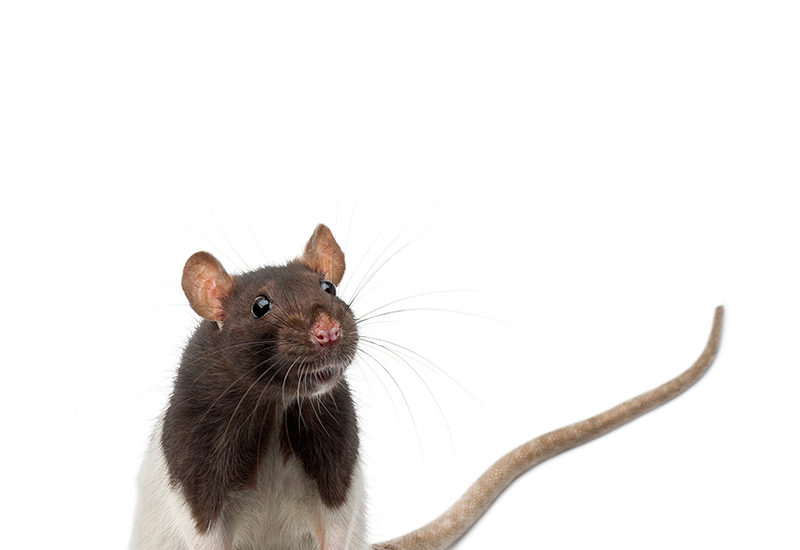Data from certain definitive or screening in vitro studies can help a sponsor choose a preclinical species that most closely resembles human in its metabolic profile. Additionally, comparing animal species to human data helps identify human-specific metabolites or any disproportionate human metabolites– a very important step in preclinical drug safety testing.

Species Comparison
You can now request quotes for our research services on BioIVT.com!
Whether you need a single assay or a complete ADME program, BioIVT’s experts will help design and implement the appropriate studies for your drug and research objectives. View BioIVT’s comprehensive portfolio of ADME research services.

Species comparison may be conducted by analyzing incubation samples (incubations of a drug candidate with microsomes, hepatocytes, etc) from multiple species by HPLC with various types of detection methods (LC-MS/MS, LC/UV, LC/radio-detection, etc).
The most definitive species comparison is metabolite characterization with LC-MS/MS, but sponsors routinely choose to compare results between multiple species in metabolic stability studies, and sometimes other definitive in vitro studies including plasma protein binding and enzyme induction. Using multiple species can help drug developers gain perspective on how their drug candidate is metabolized, bolster justifications for nonclinical species choices, and elucidate any critical differences in drug behavior within the toxicological animal models and human cellular or subcellular models.
Metabolite Identification
Metabolite Identification/Profiling/Characterization assays identify the number, putative structure, and proposed biotransformation of metabolites produced as a result of interaction with drug-metabolizing enzymes at various sites of metabolism. In some cases these results can determine preliminary components of reaction phenotyping studies. Including multiple species allows the sponsor to identify metabolites formed in humans but not in preclinical animal species and helps them select the best species for other nonclinical studies.
Metabolic Stability
Metabolic Stability assays measure intrinsic clearance and determine the extent to which a drug will be metabolized by enzymes in vitro. Multiple test systems are available to cover all major pathways of metabolism, and multiple species can be included.
Enzyme Induction
Enzyme induction studies include in vitro and ex vivo experiments to predict a compound’s likelihood to increase clearance of a concomitant victim drug by up-regulating (inducing) enzymes that metabolize it. Sponsors may choose to include hepatocytes from a preclinical animal model in addition to human hepatocytes aspart of a risk-based approach to their drug safety data package.
Plasma Protein Binding
Plasma Protein Binding (PPB) determines free drug concentration (fraction unbound, fu) in plasma, which is required to inform dosage considerations for the clinic and is a necessary input for several PK-related calculations, modeling, and definitive in vitro study design.
Typical species evaluated for species comparison include:
- CD1-Mouse
- Sprague-Dawley Rat
- Beagle Dog
- Cynomolgus Monkey
- Human

